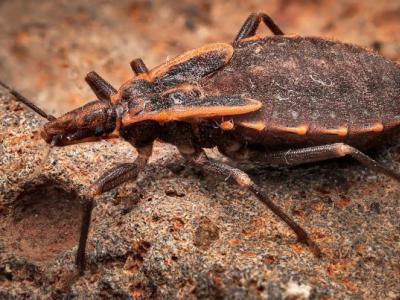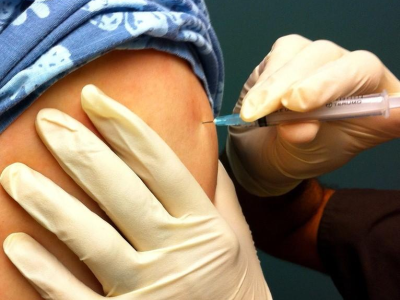Aug 27, 2010
WHO: Flu activity remains elevated in India, New Zealand
In its global flu update today the World Health Organization (WHO) said the most intense areas of activity are still in parts of New Zealand and India, with recent spikes in activity in Australia. The dominant circulating strain in all three countries is the 2009 pandemic H1N1 virus, though low levels of seasonal H3N2 have been reported in Australia. In India the most active area of flu activity is Maharashtra state, though the number of new cases has slowed, suggesting that activity may be peaking. In New Zealand, virus transmission is locally intense in areas such as Hawke's Bay, Hutt Valley, and Lakes, that were less affected during the country's first pandemic wave. Australian health officials are reporting a sharp increase in doctors visits for flulike illnesses along with regional flu activity in three southern and eastern states, though national rates are still below levels seen during the country's first pandemic wave.
Although the country is reporting fewer and less severe cases of 2009 H1N1 flu, the median age of cases during the current outbreak is slightly higher than the first wave of infections, 26 versus 21.
Aug 27 WHO global influenza update
Corticosteroid use may raise risk of death in H1N1 patients
Chinese researchers studying 155 novel H1N1 patients from 23 Beijing hospitals last fall found that diabetes, high lactate dehydrogenase levels, and corticosteroid use were independent risk factors for death. All patients received oseltamivir (Tamiflu) treatment, although only 16 (10.3%) received it within 48 hours of symptom onset. The most common organ failures reported were acute respiratory failure (40.0%), altered mental status (12.9%), septic shock (11.6%), and acute renal failure (9.7%). Forty-three patients (27.7%) required invasive mechanical ventilation, compared with 32 patients (20.6%) on noninvasive mechanical ventilation. Fifty-two patients (33.5%) were treated with systemic corticosteroids, and 27 of the 155 patients (17.4%) died. The authors recommend against routine use of corticosteroids for pandemic 2009 H1N1 patients.
Aug 27 BMC Infect Dis abstract
European regulators probe narcolepsy reports with pandemic vaccine
Europe's drug regulatory agency today announced that it has launched a review of Pandemrix, the 2009 H1N1 vaccine, in the wake of a limited number of reports of narcolepsy through reporting systems in Finland and Sweden. In a press release, the European Medicines Agency (EMA) said it's not clear if the vaccine caused the narcolepsy, which is typically triggered by a combination of genetic and environmental factors, including infections. The EMA saied it will review all available data to determine of there may be a link between the vaccine and the condition and consider the background rate for narcolepsy. The group will decide at its meeting in September whether to take any action on the vaccine while it completes the evaluation.
Aug 27 EMA press release
Purdue tests technology for rapid ID of foodborne pathogens
Researchers at Purdue University have developed a technology that may speed detection of foodborne pathogens, aiding response to a bioterrorist attack or other emergency, the university announced in a press release. The research team was awarded $1.3 million in seed funding from the National Institutes of Health to test the technology. Project leader J. Paul Robinson, professor of biomedical engineering and veterinary medicine, said, "This technology creates a national identification system capable of correlating similar organisms identified at hospitals across the nation." The technology creates a signature of each organism isolated from patients, uses a laser to probe colonies of pathogens, and collects unique "fingerprint" patterns that instantly identify each colony. The signatures are then sent to a national biosecurity database, which links major US hospitals for pathogen comparison.
Aug 26 Purdue
University press release
















